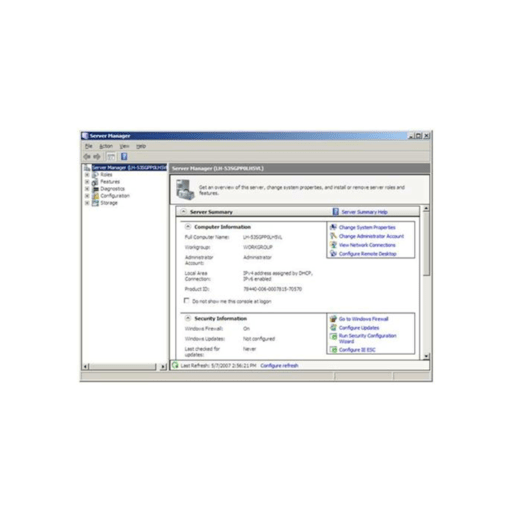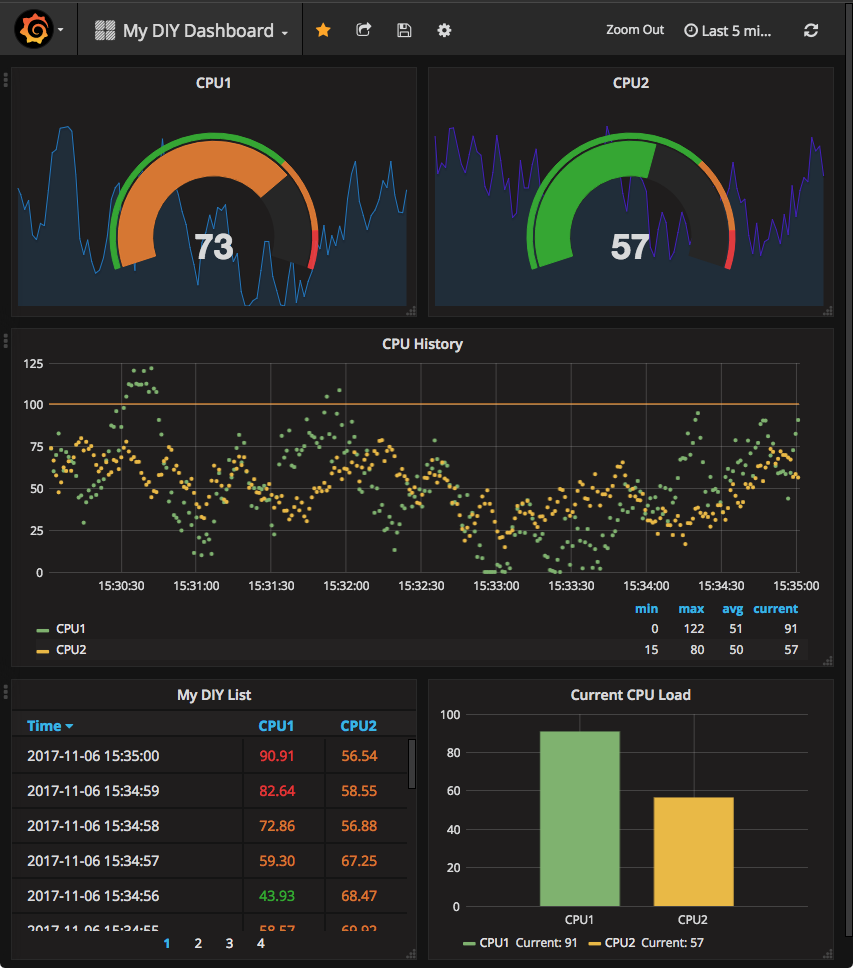This has bugged me for a long time. I run Parallels on my MacBook Pro because I often have to work with Windows programming technologies, mostly Visual Studio and SQL Server. When I'm developing in Windows I run a localhost copy of the web site in IIS7 (I have Vista on my Mac). Up until now I've kept the site files in the Parallels VM windows drive, but this has constantly annoyed me because I don't back up my Windows drive with Time Capsule. Take too long and causes a marked slow down in my system each hour when the backup is running. Parallels has a specific option to not back up the VM with Time Capsule and I have that selected.
Iis free download - PHP With IIS, DotDefender for IIS, FastCGI for IIS, and many more programs. Enter to Search. My Profile Logout. CNET News Best Apps Popular Apps Related.
Iis 10.0 Download
PHP Manager for IIS is a tool for managing one or many PHP installations compatible with all supported versions of IIS - 7.0-10.0. Category: Host Applications, Manage; License Type: Free; Works With: IIS 7, IIS 7.5, IIS 8, IIS 8.5, IIS 10; PHP Manager 1.5.0 for IIS 10. Published on by fajner. Free downloads for building and running.NET apps on Linux, macOS, and Windows. Runtimes, SDKs, and developer packs for.NET Framework,.NET Core, and ASP.NET.
Every time I've ever tried to hook an IIS web site to a folder on my Mac (eg not in the VM) it's never worked – endless errors. Finally after a bit of hunting around I pulled together various tidbits of information from the net and made it work. Here's how:
1. In Parallels configuration make sure you are using Bridged Networking, this is to ensure your VM has a separate IP number to your Mac.

2. In Mac System Preferences > Sharing, enable File Sharing. Add the root folder for your web site (on your Mac) to the list of Shared Folders and give all users all rights (I kept it simple with permissions and just gave everyone every right, it's only for my localhost so I don't think security is a big deal).
3. In Windows use File Explorer and open Network and locate your Mac and the root folder for your web site. Copy the path, on mine it looks like MACBOOKPRO-31F6wwwroot
Microsoft Iis 8.5 Download
4. In Windows IIS add a new web site, In Advanced Settings set the Physical Path to the network path you copied above
5. Still in Advanced Settings set the Physical Path Credentials to your Mac user name and password. I wound up adding a new Windows user with the same user name and password as I have on the Mac. I'm not completely sure if this is the right thing to do, but heck, it worked.

6. If you already have a default web site in IIS, you'll need to sort out the bindings, you can't have more than one web site on the same port, which by default is 80. Right click the new web site and edit the Bindings. I set the port to 8080.
7. In Windows open your browser and try http://localhost:8080/, you should see the default page, if you have one, from the folder on your Mac. If, like me, it didn't work first time, try creating a simple hello.htm and calling that. I discovered my problem was simply paths and configuration variables in my web site – moral being try calling the most basic page first before blaming errors on IIS rather than your web app.
